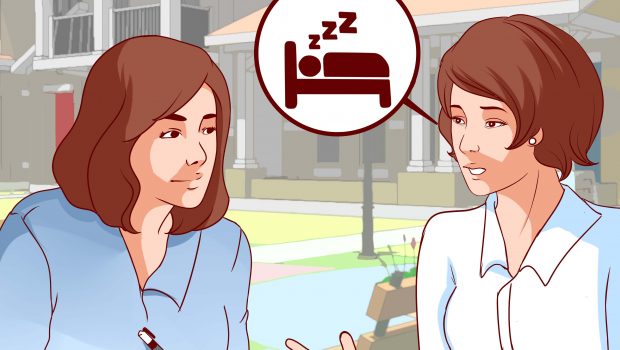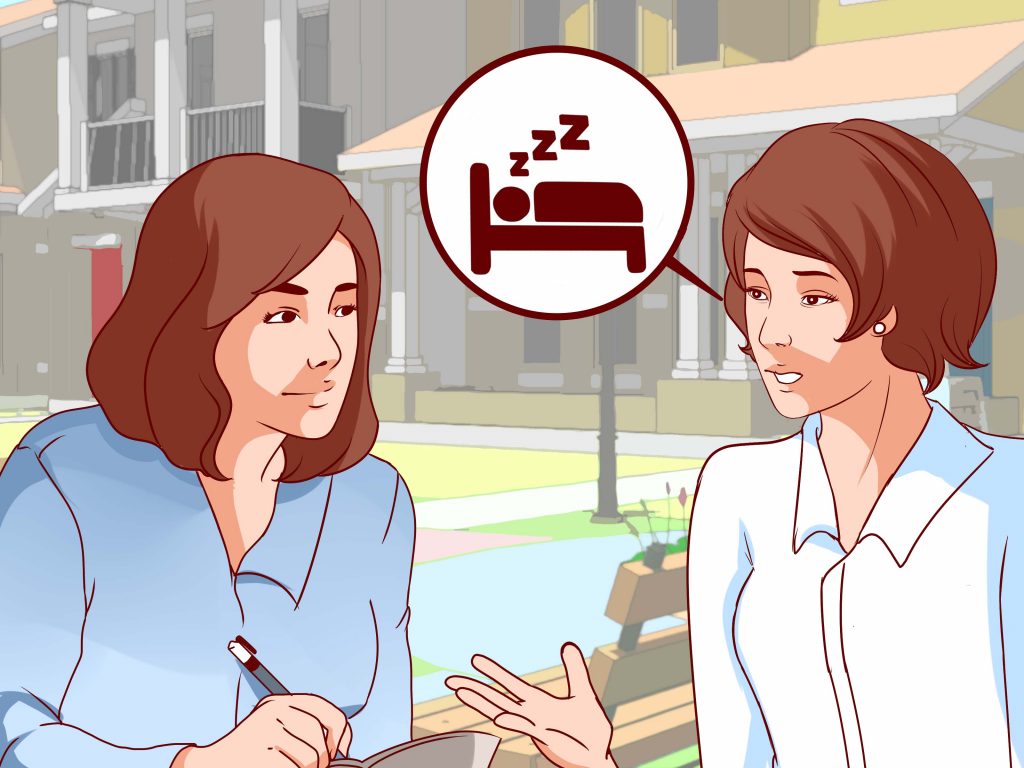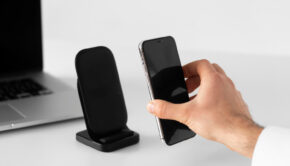In Sync with Your Smartphone: Using Your Android Device to Repair and Maintain Your Inner Clock
What is circadian rhythm?
If you’ve heard the term circadian rhythm and don’t know exactly what it is, don’t worry. Circadian rhythm is a rather fancy term for a very simple concept: your body’s internal sleep and wake cycle. Your inner clock regulates how and when you fall asleep, how well you sleep and how easily you wake up. Given the right tools, you can improve your biological timing and get a better night’s sleep.
According to the National Institutes for Health, the circadian clock dwells in a part of the brain known to scientists as the suprachiasmatic nucleus, or SCN. Here lie a cluster of twenty thousand or so hypothalamus cells that serve to regulate the body’s natural sleep-wake cycles. The NIH notes that these cells may be ‘reprogrammed’ by natural and environmental factors. Some of these factors may include certain Android apps that can improve one’s ability to fall asleep, stay asleep and wake up refreshed and ready to greet the day.
Another way of looking at your internal sleep clock
The Sleep Foundation explains cycles of sleep and wakefulness thusly: Circadian rhythms are an integral part of the body’s biological system and allow for the regulation of wakefulness and sleepiness that comes in patterns throughout the day and night. And it’s not only humans that experience such patterns to sleepiness and wakefulness. Animals and other organisms are also subject to the whims of their internal biological clocks. Plants experience similar sleep and wake cycles when they rest for a time and then grow again.
Typically, most adult humans experience their deepest sleep cycles between 2 o’clock and 4 o’clock in the morning. As a general rule, adult humans also experience a period of sleepiness in the early afternoon. Perhaps this is why the traditional siesta is so popular in some countries. Your circadian clock may determine whether you are a morning person or a night owl. Fortunately, these generalities are not set in stone and may be reset by way of smartphone apps like the remarkable alarm clock app for android.
Adjusting your smartphone settings for better sleep
Enter your smartphone’s settings and turn off all notifications at night. Setting quiet hours when you won’t be disturbed may help you stay asleep. Turn the light down when you send and receive messages after sunset, too. The blue spectrum light emitted by iPads, phones and e-book readers is known to disrupt sleep patterns.
A good night’s sleep may offset a period of afternoon lethargy. So can waking up gently and comfortably in the morning. If you have trouble sleeping and waking happily, it’s worth checking out a few 21st-century sleep technology apps.
To ensure you get enough restful sleep, establish a bedtime ritual and stick with it. Try to go to bed at the same time every night, and get out of bed at roughly the same time every day, even on weekends. Don’t drink coffee after sunset, and be sure to look at the morning sunshine when you get up. You might be surprised how well a few simple changes can improve your sense of wellness.
About the author:
Mason Forster is all about self-improvement and making the most of every moment. He relies on his smartphone to keep life running as smoothly as possible and shares his tips and app reviews online.
















